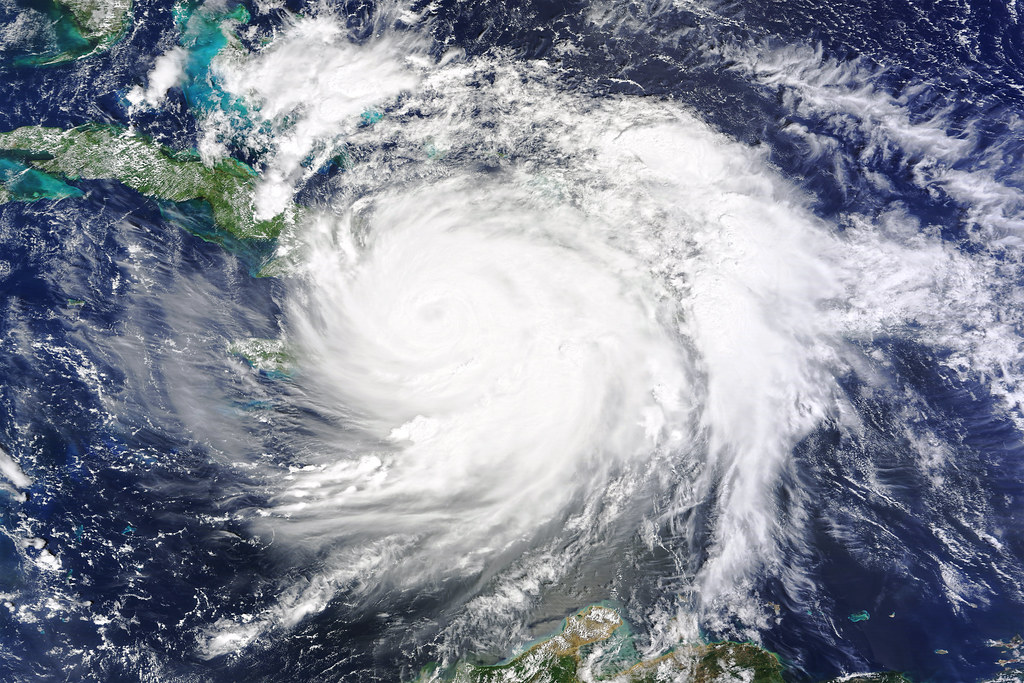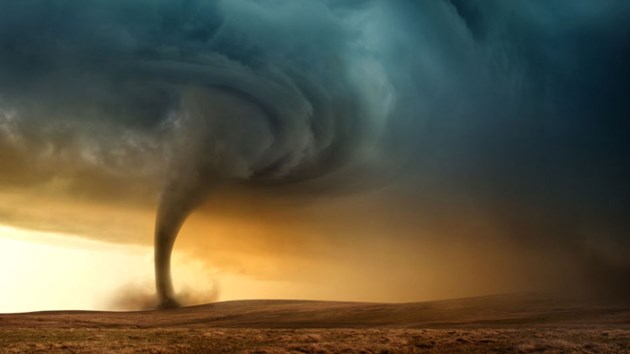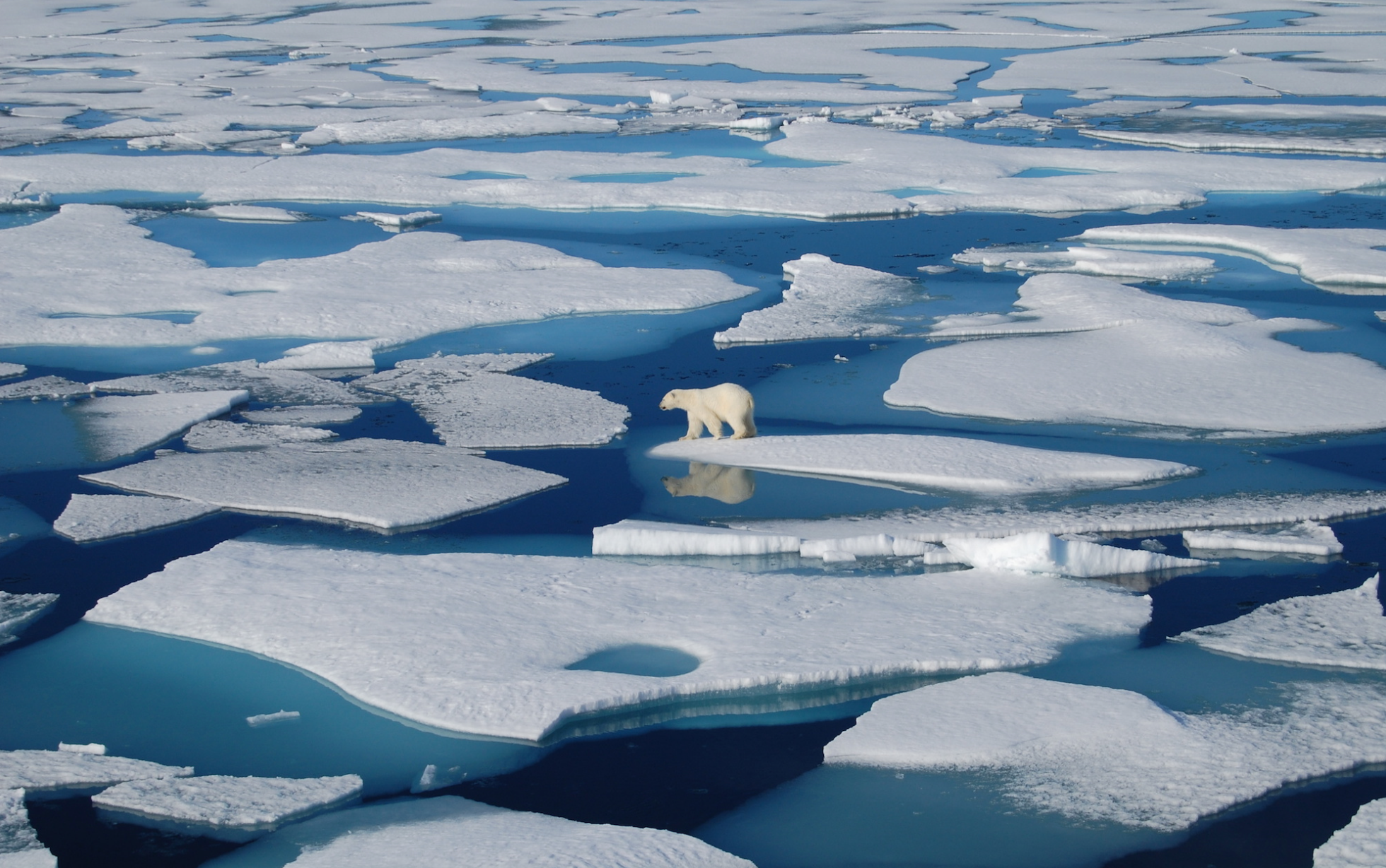Global warming has already damaged the planet, causing droughts, floods, extreme weathers, diseases,... causing severe disasters to all the people and other species all around the world and still keep damaging. If we don't act now, the planet will be heavily destroyed.
Global temperature rise
The planet's average surface temperature has risen about 1.62 degrees Fahrenheit (0.9 degrees Celsius) since the late 19th century, a change driven largely by increased carbon dioxide and other human-made emissions into the atmosphere. Most of the warming occurred in the past 35 years, with the five warmest years on record taking place since 2010. Not only was 2016 the warmest year on record, but eight of the 12 months that make up the year — from January through September, with the exception of June — were the warmest on record for those respective months.
Warming oceans
The oceans have absorbed much of this increased heat, with the top 700 meters (about 2,300 feet) of ocean showing warming of more than 0.4 degrees Fahrenheit since 1969.

Shrinking ice sheets
The Greenland and Antarctic ice sheets have decreased in mass. Data from NASA's Gravity Recovery and Climate Experiment show Greenland lost an average of 281 billion tons of ice per year between 1993 and 2016, while Antarctica lost about 119 billion tons during the same time period. The rate of Antarctica ice mass loss has tripled in the last decade.
Glacial retreat
Glaciers are retreating almost everywhere around the world — including in the Alps, Himalayas, Andes, Rockies, Alaska and Africa.
Decreased snow cover
Satellite observations reveal that the amount of spring snow cover in the Northern Hemisphere has decreased over the past five decades and that the snow is melting earlier.
Sea level rise
Global sea level rose about 8 inches in the last century. The rate in the last two decades, however, is nearly double that of the last century and is accelerating slightly every year.
Declining Arctic sea ice
Both the extent and thickness of Arctic sea ice has declined rapidly over the last several decades.

Extreme events
The number of record high temperature events in the United States has been increasing, while the number of record low temperature events has been decreasing, since 1950. The U.S. has also witnessed increasing numbers of intense rainfall events.

Ocean acidification
Since the beginning of the Industrial Revolution, the acidity of surface ocean waters has increased by about 30 percent.This increase is the result of humans emitting more carbon dioxide into the atmosphere and hence more being absorbed into the oceans. The amount of carbon dioxide absorbed by the upper layer of the oceans is increasing by about 2 billion tons per year.
. According to WWF, Global warming could kill off polar bears in the next 20 years.
. The first animal to go extinct due to global warming was the golden toad in 1989.
References
https://climate.nasa.gov/evidence/
https://www.livescience.com/topics/global-warming
Global temperature rise
The planet's average surface temperature has risen about 1.62 degrees Fahrenheit (0.9 degrees Celsius) since the late 19th century, a change driven largely by increased carbon dioxide and other human-made emissions into the atmosphere. Most of the warming occurred in the past 35 years, with the five warmest years on record taking place since 2010. Not only was 2016 the warmest year on record, but eight of the 12 months that make up the year — from January through September, with the exception of June — were the warmest on record for those respective months.
Warming oceans
The oceans have absorbed much of this increased heat, with the top 700 meters (about 2,300 feet) of ocean showing warming of more than 0.4 degrees Fahrenheit since 1969.

Shrinking ice sheets
The Greenland and Antarctic ice sheets have decreased in mass. Data from NASA's Gravity Recovery and Climate Experiment show Greenland lost an average of 281 billion tons of ice per year between 1993 and 2016, while Antarctica lost about 119 billion tons during the same time period. The rate of Antarctica ice mass loss has tripled in the last decade.
Glacial retreat
Glaciers are retreating almost everywhere around the world — including in the Alps, Himalayas, Andes, Rockies, Alaska and Africa.
Glacial retreats in Western Canada
Decreased snow cover
Satellite observations reveal that the amount of spring snow cover in the Northern Hemisphere has decreased over the past five decades and that the snow is melting earlier.
Sea level rise
Global sea level rose about 8 inches in the last century. The rate in the last two decades, however, is nearly double that of the last century and is accelerating slightly every year.
Declining Arctic sea ice
Both the extent and thickness of Arctic sea ice has declined rapidly over the last several decades.

Extreme events
The number of record high temperature events in the United States has been increasing, while the number of record low temperature events has been decreasing, since 1950. The U.S. has also witnessed increasing numbers of intense rainfall events.

Ocean acidification
Since the beginning of the Industrial Revolution, the acidity of surface ocean waters has increased by about 30 percent.This increase is the result of humans emitting more carbon dioxide into the atmosphere and hence more being absorbed into the oceans. The amount of carbon dioxide absorbed by the upper layer of the oceans is increasing by about 2 billion tons per year.
Future effects
Some of the long-term effects of global climate change in the United States are as follows, according to the Third and Fourth National Climate Assessment Reports:Change will continue through this century and beyond
- Global climate is projected to continue to change over this century and beyond. The magnitude of climate change beyond the next few decades depends primarily on the amount of heat-trapping gases emitted globally, and how sensitive the Earth’s climate is to those emissions.
Temperatures will continue to rise
- Because human-induced warming is superimposed on a naturally varying climate, the temperature rise has not been, and will not be, uniform or smooth across the country or over time.
Frost-free season (and growing season) will lengthen
- The length of the frost-free season (and the corresponding growing season) has been increasing nationally since the 1980s, with the largest increases occurring in the western United States, affecting ecosystems and agriculture. Across the United States, the growing season is projected to continue to lengthen.
In a future in which heat-trapping gas emissions continue to grow, increases of a month or more in the lengths of the frost-free and growing seasons are projected across most of the U.S. by the end of the century, with slightly smaller increases in the northern Great Plains. The largest increases in the frost-free season (more than eight weeks) are projected for the western U.S., particularly in high elevation and coastal areas. The increases will be considerably smaller if heat-trapping gas emissions are reduced.
Changes in precipitation patterns
- Average U.S. precipitation has increased since 1900, but some areas have had increases greater than the national average, and some areas have had decreases. More winter and spring precipitation is projected for the northern United States, and less for the Southwest, over this century.
Projections of future climate over the U.S. suggest that the recent trend towards increased heavy precipitation events will continue. This trend is projected to occur even in regions where total precipitation is expected to decrease, such as the Southwest.
More droughts and heat waves
- Droughts in the Southwest and heat waves (periods of abnormally hot weather lasting days to weeks) everywhere are projected to become more intense, and cold waves less intense everywhere.
Summer temperatures are projected to continue rising, and a reduction of soil moisture, which exacerbates heat waves, is projected for much of the western and central U.S. in summer. By the end of this century, what have been once-in-20-year extreme heat days (one-day events) are projected to occur every two or three years over most of the nation.
Hurricanes will become stronger and more intense
- The intensity, frequency and duration of North Atlantic hurricanes, as well as the frequency of the strongest (Category 4 and 5) hurricanes, have all increased since the early 1980s. The relative contributions of human and natural causes to these increases are still uncertain. Hurricane-associated storm intensity and rainfall rates are projected to increase as the climate continues to warm.
Sea level will rise 1-4 feet by 2100
- Global sea level has risen by about 8 inches since reliable record keeping began in 1880. It is projected to rise another 1 to 4 feet by 2100. This is the result of added water from melting land ice and the expansion of seawater as it warms.
In the next several decades, storm surges and high tides could combine with sea level rise and land subsidence to further increase flooding in many regions. Sea level rise will continue past 2100 because the oceans take a very long time to respond to warmer conditions at the Earth’s surface. Ocean waters will therefore continue to warm and sea level will continue to rise for many centuries at rates equal to or higher than those of the current century.
Arctic likely to become ice-free
- The Arctic Ocean is expected to become essentially ice free in summer before mid-century.
. According to WWF, Global warming could kill off polar bears in the next 20 years.
. The first animal to go extinct due to global warming was the golden toad in 1989.
References
Callery, S. (2018,
12 13). Global Climate Change. Retrieved from climate.nasa.gov:
https://climate.nasa.gov/evidence/
Callery, S. (2018,
12 13). Global Climate Change. Retrieved from climate.nasa.gov:
https://climate.nasa.gov/effects/
Global Warming. (2019, 1 16).
Retrieved from Live Science: https://www.livescience.com/topics/global-warming
https://www.livescience.com/topics/global-warming











No comments:
Post a Comment